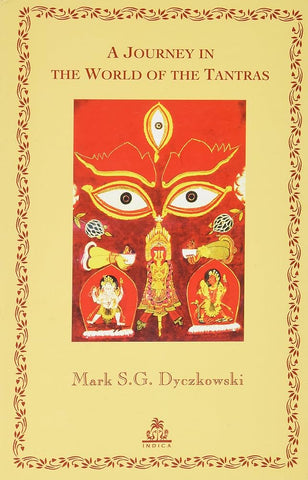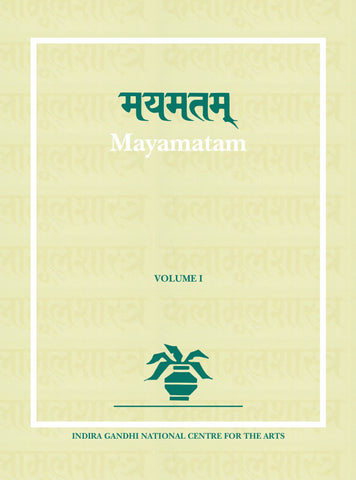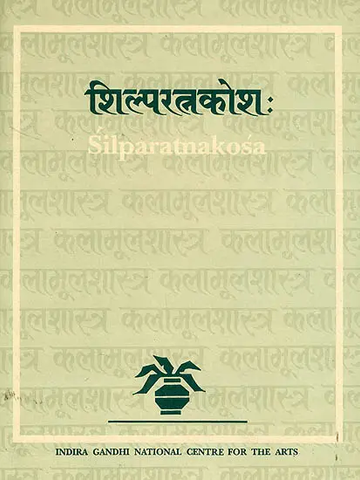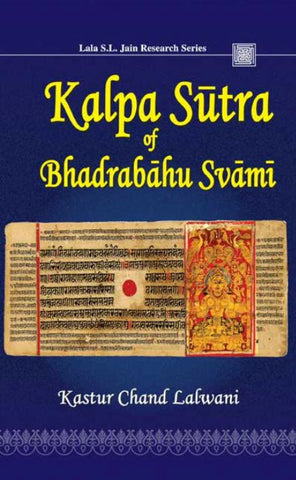Your cart is empty now.
Your search for "purana" revealed the following:
The Debate of King Milinda: An Abridgement of the Milinda Panha
The Milinda Panha is, with good reason, a famous work of Buddhist literature, probably compiled in the first century B.C. It presents Buddhist doctrine in a very attractive and memorable form as a dialogue between a Bactrian Greek king, Milinda, who plays the 'Devil's Advocate' and a Buddhist sage, Nagasena. The topics covered include most of those questions commonly asked by Westerners such as "If there is no soul, what is it that is reborn?" and "If there is no soul, who is talking to you now?" This abridgement provides a concise presentation of this masterpiece of Buddhist literature. The... Read More
English, 138 Pgs. (HB)A Journey in the World of the Tantras
The past thirty years have witnessed dramatic developments in the study of Agamic Saivism in general. Progress has been made on several fronts. On the one hand there has been a substantial increase in the historical and anthropological data. On the other hand there has been a substantial increase in the historical and anthropological data. On the other, access has been cleared to vast reserves of unedited and unpolished sources. This book is a collection of essays which document in their own way the author's personal journey in these years through parts of the Saiva and, to some extent, the... Read More
English, 315 Pgs. (PB)Sri-Yantra and The Geophilosophy of India
The concept of geophilosophy, or to be more precise geo-metaphysics, is an enduring bond between the philosophical thought and its terrestrial support. Essentially the geographical positioning of a country influences its thinking and thus impacts its philosophy. Sri-yantra, a mythical instrument, strikes a balance between the gross subtle and causal dimensions of the microcosmic and macrocosmic phenomena. It syncs with the esoteric ontology of the cosmos, the individual body, the state, the nation in its geographic aspect, all creative and conducive societal values, and the grand unification of existing dogmas, doctrines, creeds and commitments. The author talks about his speculation... Read More
Engish, 264 Pgs. (PB)Mayamatam: 2 Volumes
The Mayamata is a Vastusastra, i.e. a treatise on dwelling and as such it deals with all the facets of gods and mens dwellings, from the choice of the site to the iconography of the temple walls. It contains numerous and precise descriptions of villages and towns as well as of the temples, houses, mansions and palaces. It gives indications for the selection of a proper orientation, right dimensions, and of appropriate materials. It intends to be a manual for the architect and a guidebook for the layman. Well-thought of by traditional architects (sthapatis) of South India, the treatise... Read More
English & Sanskrit, 978 Pgs. (HB)Fundamentals of Astrology
Astrology is both Science and Art. Hence only the talented can appreciate and understand it. Rightly Visnugupta declares that nobody other than a sage can master the ocean-like science of astrology. The great Varahamihira declares, "No sin will creep into a place that is sanctified by the presence of a true astrologer. No person who studies and divines the course of destiny will ever be found in hell but will reside permanently in the world of Brahman. This book brings to the fore not only the rationality of astrology but also the nature and structure of the correct knowledge that... Read More
English, 347 Pgs.Nine Gems of Sanskrit Literature (3 vol set Set)
About the Book (Volume 1) Selecting a few out of the large number of brilliant gems glittering in the firmamant of Kerala’s Sanskrit literature is not an easy task. Special attention has therefore been given to those compositions of great merit which are not easily available to interested readers at present. In Kerala, students of Sanskrit used to make their entry into the world of kavyas with the short poem of Sriramodantam and Sukumara’s Srikrsnavilasam before making their acquaintance with Kalidasa and others. Unfortunately, both these compositions have practically gone out of circulation even in the state of their... Read More
Sanskrit & English, 1727 Pgs. (HB)Positive Health Through Ayurveda
Health in Ayurveda is defined as the state of dhatusamya a, balanced condition of body elements, resulting in sukha-ease and prasannatatmata-sense of well-being. Disease is just opposite i.e. the state of dharuvaisamya-imbalance of body elements, resulting in dukha-discomfort and aprasannata-sense of out of sorts or upset. He, who observes meticulously the rules of health preservation as given in the text, lives for full span of life-hundred years (long as well as healthy life) without being disturbed by diseases. How to achieve this grand goal.? It is really a serious problem. However, Ayurveda has shown a sure method which is concise... Read More
Engish, 238 Pgs. (HB)Silparatnakosa A Glossary of Orissan Temple Architecture
The Silparatnakosa is a 7th century Orissan text composed by Sthapaka Niranjana Mahapatra, describing all the parts of the temple and the most important temple type of Orissa, such as the Manjusri and Khakara. It also contains a section on sculpture (Prasadamurti) and an appendix on image-making (Pratimalaksana). This text, though much later than the temples described, reflects the still living tradition and it contributes much to clarify the terminology of Orissan temple architecture. It contains interesting references to the symbolism of the temple and its elements. The most important contribution of this text, however, lies in the identification of the... Read More
Sanskrit & English, 271 Pgs. (HB)Lifestyle of The Vedic People
Based on a deep analysis of the Vedic literature, the book deals with the aspects of everyday life of the Vedic people: their housing, mode of production and occupations, social organization, education, food and drink, entertainment, dress and cosmetics, etc. Tracing the influence of Vedic learning on Upanisads and Sutra literature which have also been referred to here for details on the Vedic people and their traditions, this study focuses on the lifestyle of seers and the elite as well as that of the common people and stresses the importance of the ritualistic context in discussing aspects of daily life... Read More
Engish, 302 Pgs. (HB)Kalpa Sutra of Bhadrabahu Svami
Bhadrabahu’s Kalpa Sutra is the earliest account of the life of the Tirthankaras, the 24th, 23rd, 22nd and |st—since the arrangement of the ~ book moves back in time. The present work should, in the fitness of things, occupy a unique position. Scholars have divided this work into three Parts, viz., Tirthankaras, Church Leaders and Parjusana. For the present translation, however, it has been divided into seven Parts as follows: Bhagavan Mahavira, Arhat ParSva, Arhat Aristanemi, Twenty other Tirthankaras, Arhat Rsabha, Church Prone Gerla lores Among the Agamic texts, Kalpa Sutra belongs to a group called Cheda Sutra. Going by... Read More
Sanskrit & English, 207 Pgs. (HB)









